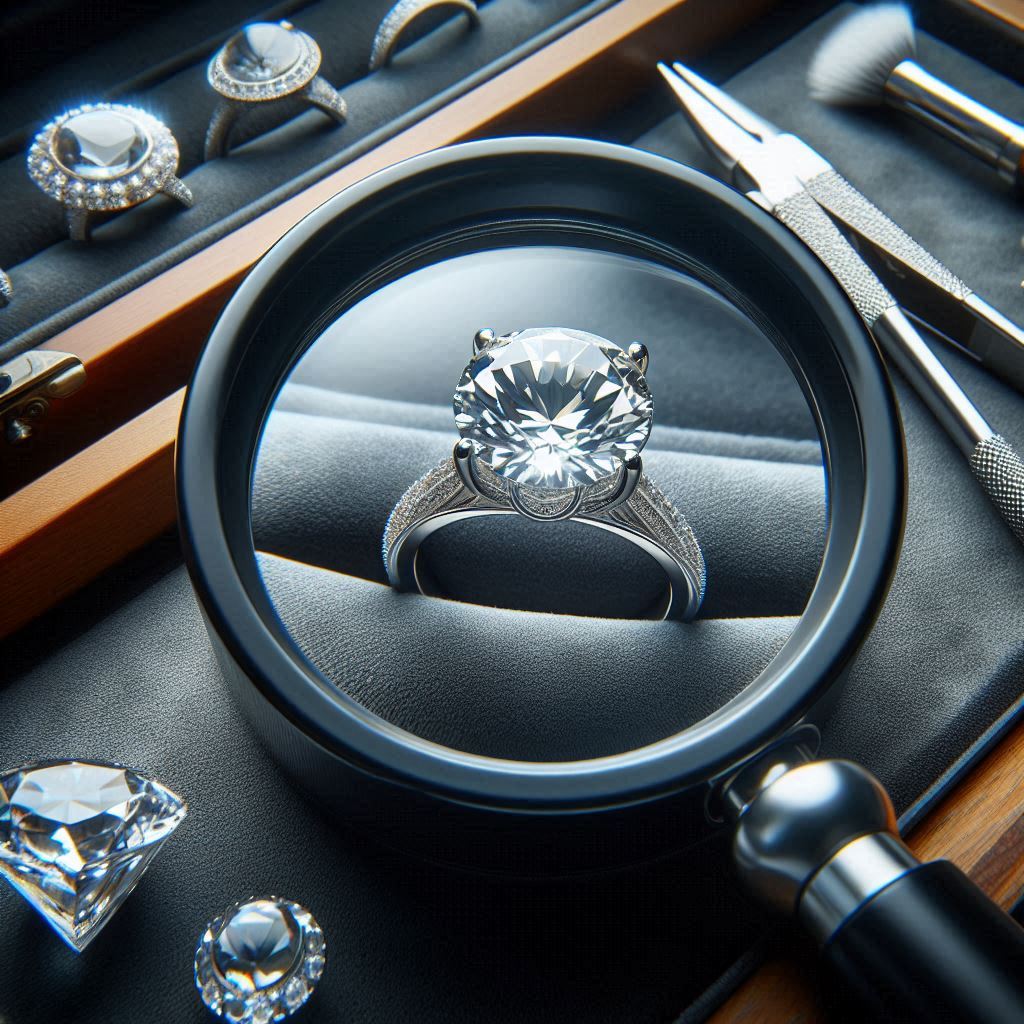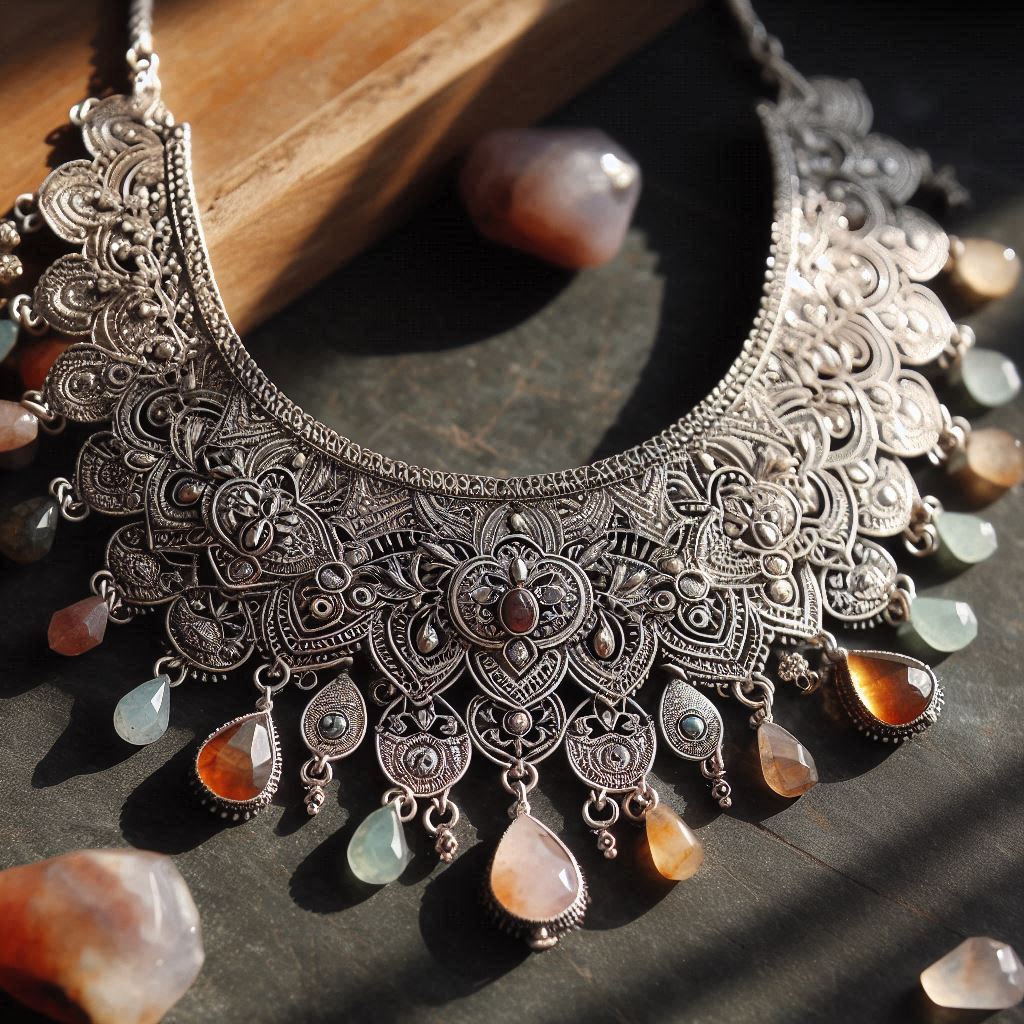Jewelry has long been a symbol of beauty, status, and personal expression. Over centuries, it has evolved from simple natural adornments to intricate masterpieces crafted with skill and innovation. Today, the jewelry industry is undergoing a revolutionary transformation fueled by technology and modern design trends. This article explores how advancements like 3D printing, wearable tech, and sustainable practices are shaping the future of jewelry.
The Rise of Smart Jewelry
Smart jewelry represents the seamless fusion of fashion and functionality. These innovative accessories incorporate technology to enhance daily life. Products such as smart rings, necklaces, and bracelets are equipped with features like:
- Health Monitoring: Track heart rate, sleep patterns, and physical activity.
- Notifications: Receive calls, messages, and alerts discreetly.
- Security Features: Emergency alert systems and location tracking for safety.
Brands like Oura and Bellabeat have pioneered this space, creating pieces that prioritize both aesthetics and utility. These advancements cater to modern consumers seeking style without compromising on functionality.
3D Printing: Revolutionizing Jewelry Design
The advent of 3D printing has dramatically changed the jewelry manufacturing process. This technology allows designers to create intricate patterns that were once impossible to achieve through traditional methods. Key benefits include:
- Customization: Personalized designs tailored to individual preferences.
- Cost Efficiency: Reduces material waste and production costs.
- Faster Production: Speeds up prototyping and final manufacturing.
Many jewelers are adopting 3D printing to meet the growing demand for unique and bespoke pieces. This shift has democratized access to custom jewelry, making it more accessible to a wider audience.
Sustainability in Jewelry: A Green Future
Consumers today are increasingly conscious of the environmental and ethical implications of their purchases. In response, the jewelry industry is embracing sustainability through:
- Ethical Sourcing: Using conflict-free diamonds and gemstones.
- Recycled Materials: Repurposing metals like gold and silver to reduce mining impact.
- Lab-Grown Diamonds: Offering eco-friendly alternatives to traditional mined diamonds.
Companies such as Brilliant Earth and Vrai are at the forefront of this movement, promoting transparency and responsible practices. This shift not only benefits the environment but also aligns with the values of socially conscious buyers.
Augmented Reality: Redefining the Shopping Experience
Augmented Reality (AR) has revolutionized the way consumers shop for jewelry. By integrating AR technology into online platforms, brands allow customers to:
- Virtually Try On: See how a piece looks before purchasing.
- Experiment with Styles: Explore different designs and combinations.
- Enhance Confidence: Make informed decisions without visiting a physical store.
Retailers like Kendra Scott and Cartier have incorporated AR tools into their shopping experiences, providing convenience and personalization.
Blockchain Technology: Ensuring Authenticity
Blockchain is reshaping the jewelry industry by addressing concerns around authenticity and ethical sourcing. With blockchain technology, each piece of jewelry can be traced back to its origin, ensuring transparency in the supply chain. This is particularly important for:
- Preventing Counterfeits: Verifying the authenticity of luxury items.
- Ethical Practices: Tracking the journey of materials from mine to market.
- Building Trust: Enhancing consumer confidence in the brand.
Companies like Everledger are leveraging blockchain to provide detailed provenance records for diamonds and other precious stones.
Future Trends in Jewelry
As technology continues to evolve, the future of jewelry will be shaped by several exciting trends:
- AI-Driven Design: Using artificial intelligence to predict consumer preferences and create innovative designs.
- Wearable Payments: Integrating payment technology into jewelry for seamless transactions.
- Biometric Integration: Incorporating fingerprint or iris recognition for personalized security.
- Sustainable Innovations: Exploring new eco-friendly materials and practices.
These trends reflect a shift toward personalization, sustainability, and technological integration, catering to the needs of modern consumers.



